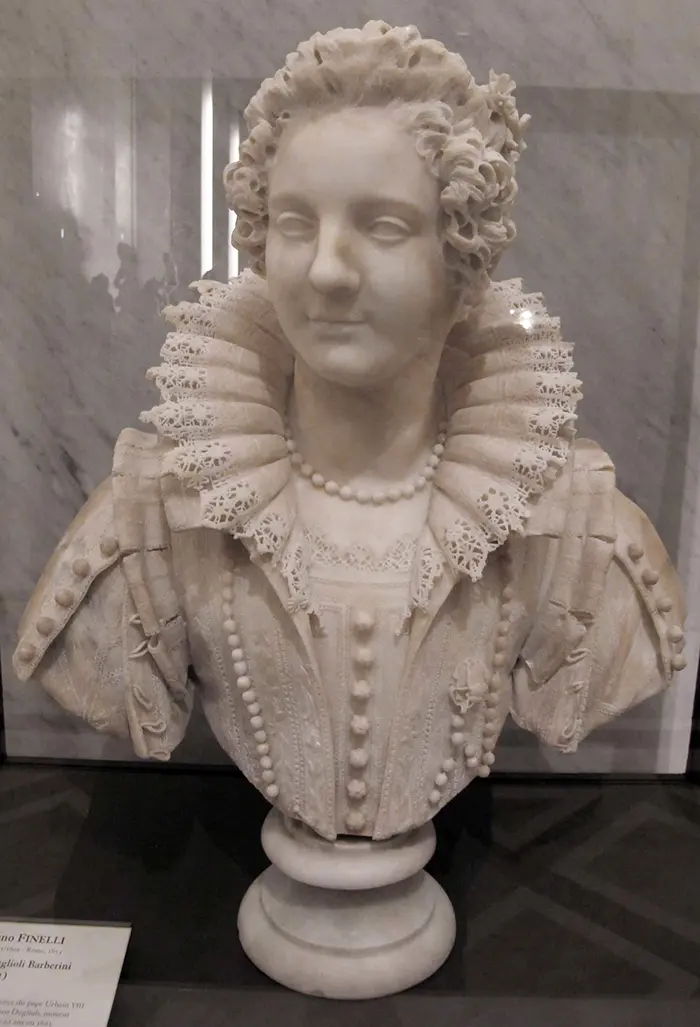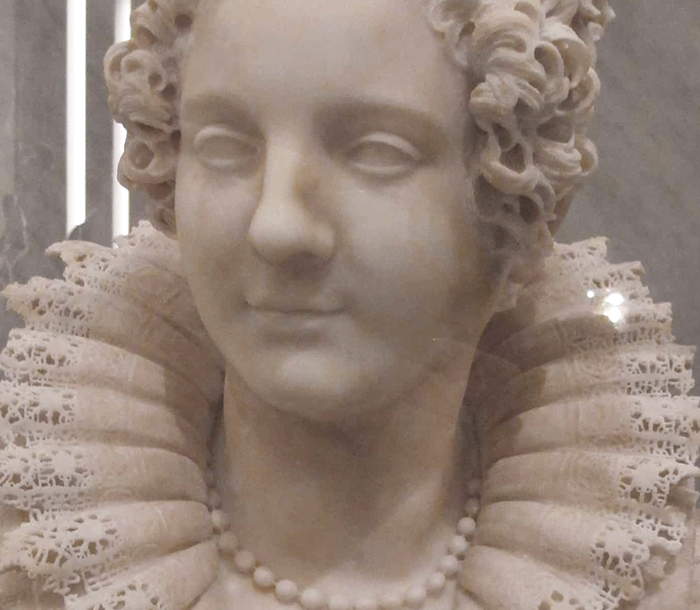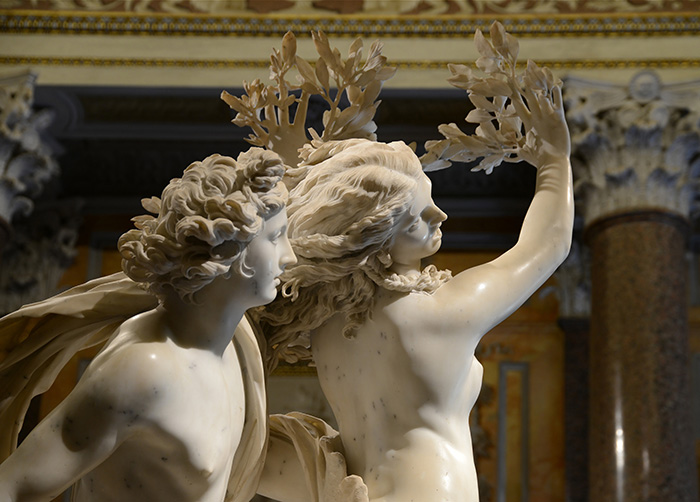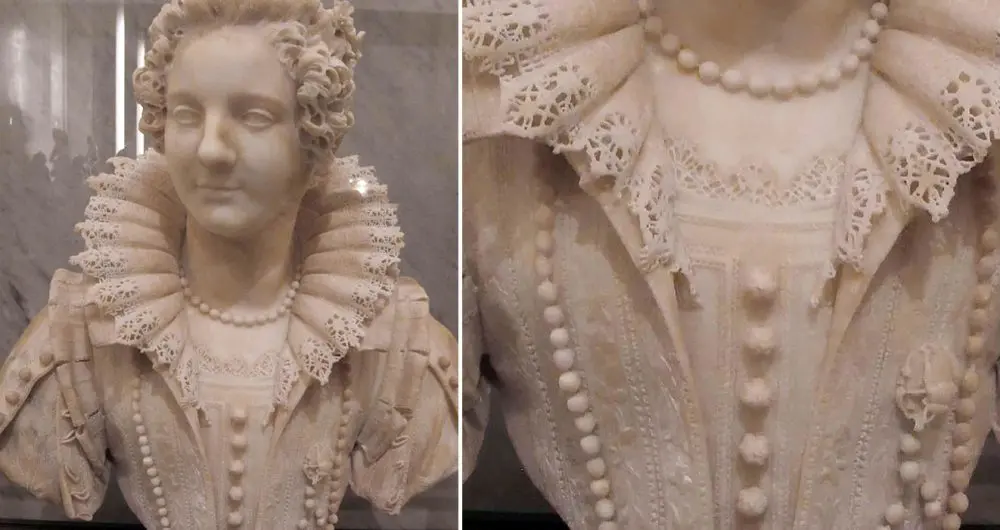Gian Lorenzo Bernini was perhaps the greatest sculptor of the 17th century. Challenging contemporary artistic traditions, historians often credited Bernini with creating the Baroque style of sculpture. However, unknown to many, his assistant Giuliano Finelli also contributed significantly to the sculptor’s success. In fact, Finelli’s works were just as stunning as Bernini’s masterpieces.
Born in 1601 in Torrano di Carrara, Italy, Finelli learned to handle marble from his uncle who was a stonecutter at that time. By the age of ten, he received his formal sculpting training in the workshop of a prominent Neapolitan sculptor. In 1622, he moved to Rome where he met Bernini. Amazed by Finelli’s superb carving skills, Bernini chose the budding sculptor as his assistant.
Italian sculptor Giuliano Finelli was famous for his exquisite creation of textures and details on his marble sculptures

Back then, it was a well-known fact that Bernini was the favorite sculptor of the powerful Pope Urban VIII. As such, working with him enabled Finelli to enhance his artistic ability as well as grow his political network. In addition, he also enjoyed the privilege of working on remarkably significant pieces. These included the bust of Pope Urban VIII’s niece, Maria Duglioli Barberini.
Among his most notable pieces was the bust of Pope Urban VIII’s niece, Maria Duglioli Barberini
Finelli exhibited exceptional attention to detail, successfully portraying Barberini’s visage on the sculpture. Moreover, he created every detail as precisely as he could. In fact, even the lace insertion surrounding the bust’s ruff was strikingly realistic. It was almost impossible to distinguish it from the real thing. Even the intricate beadwork on Barberini’s dress, down to the finest details of her pearl necklace were successfully depicted.


Although unknown to many, he was responsible for carving the smaller details in many of Bernini’s masterpieces, including Apollo and Daphne

The fact that Finelli was working with rock-hard marble made his creations all the more impressive. Unfortunately, various speculations surrounded the artistic duo’s excellent teamwork. The most prevalent of which was the silent rivalry between the two. Bernini allegedly refused to acknowledge Finelli’s contributions to his works—which Finelli purportedly took to heart.
So, in 1629, Finelli started establishing himself as an independent sculptor. His commissioned works mainly consisted of statues of saints, including 13 bronze statues for a chapel in San Gennaro. He also did a number of portrait busts for local noblemen as well as church dignitaries. Finelli died in 1653 in Rome of reasons unknown, but his contribution to Bernini’s success will never be forgotten.

